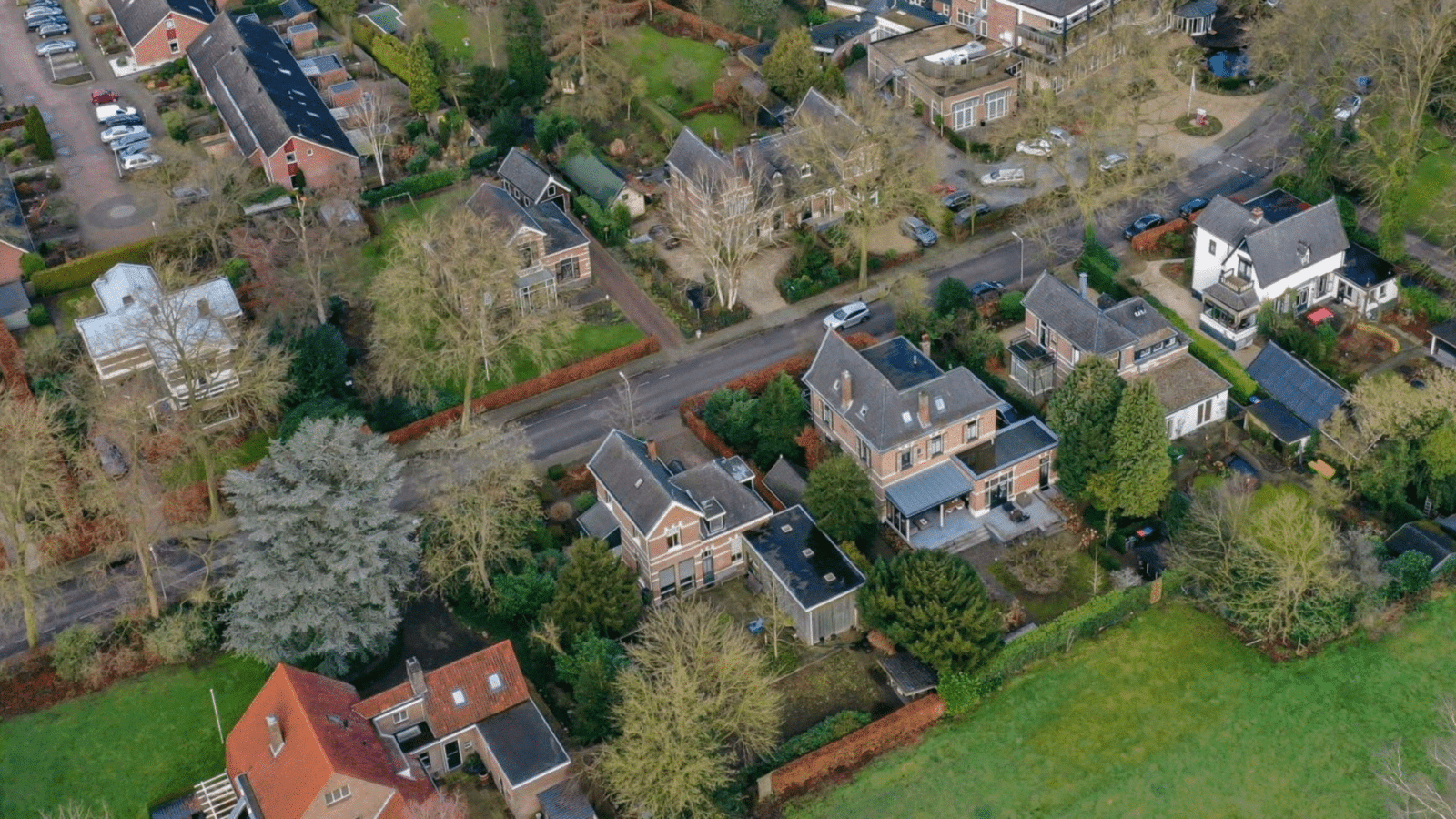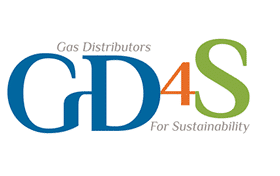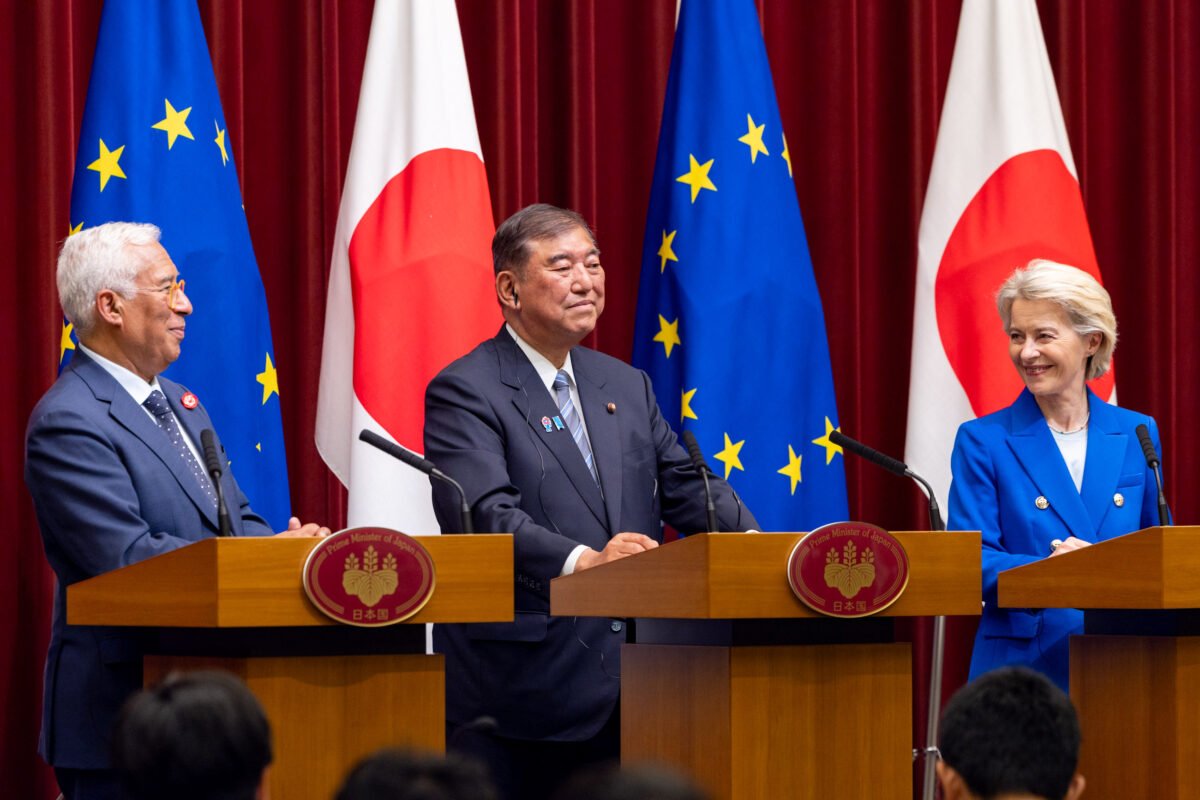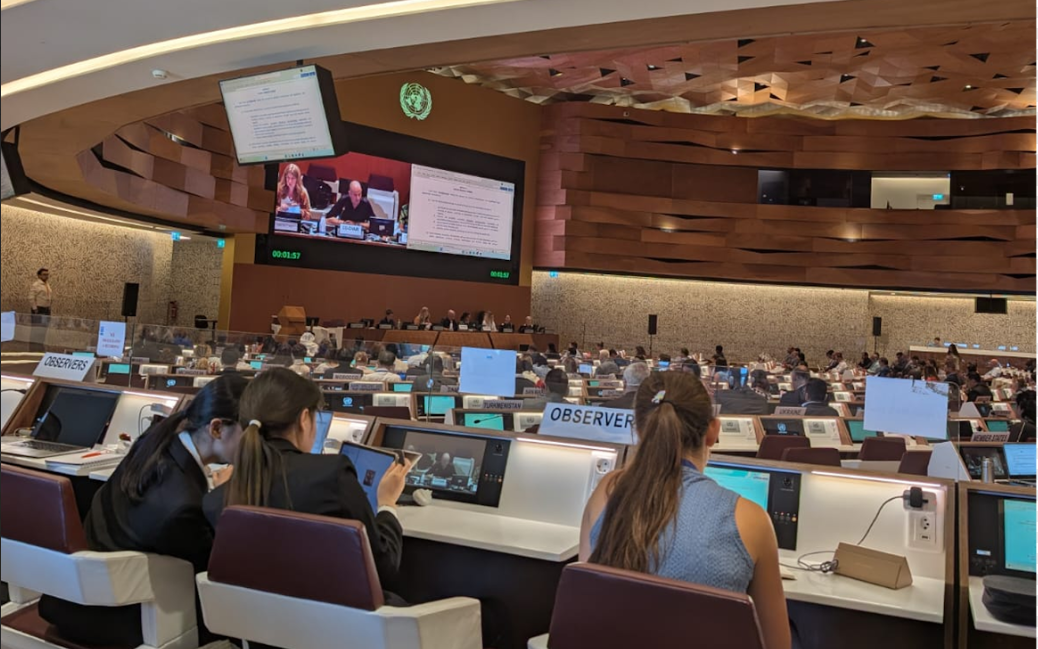When the European Commission unveils its Grids Package, most of the attention will be on electricity. Expanding and modernising power networks is essential for Europe’s energy transition. Yet another part of the system, less visible but equally vital, must not be overlooked: the gas grids. At both transmission and distribution level, they are the backbone of local energy supply, quietly ensuring homes stay warm, industries stay productive, and communities stay connected.
Energy security you don’t notice until it’s gone
For most people, gas grids are invisible. They sit beneath our streets, delivering energy silently and reliably. But this infrastructure plays a critical role in keeping the lights on and the heating running, particularly in moments when the electricity grid alone cannot cope.
Imagine a cold winter evening when demand for power spikes. In such moments, gas grids act as a pressure valve, stepping in with renewable gases like biomethane or, in the future, renewable and low carbon hydrogen. Without them, Europe risks shortages, blackouts, and rising costs for households and businesses alike.
Bringing renewable gases into daily life
What makes the story of renewable gases compelling is how familiar it is. Biomethane, for instance, is produced from everyday organic waste, be it damaged crops, food scraps, or farm residues. Instead of rotting in landfills, these resources are transformed into a clean gas that flows through the same pipes already serving millions of homes. It is a circular, local solution that creates value out of waste.
Renewable and low carbon hydrogen, on the other hand, represents innovation and future opportunity. Produced through electrolysis powered by renewable or low carbon electricity, it can provide clean energy for heating, transport, and industry. Though today’s volumes are small, communities are already testing its potential. In the Dutch town of Lochem, 12 homes have been converted to hydrogen boilers, proving that ordinary households can safely use hydrogen through adapted local networks. Projects like this make the energy transition tangible, turning policy debates into real-life change.
DSOs at the heart of communities
Distribution system operators (DSOs) are the ones making this transformation possible. Covering nearly half of the European gas market across countries like Spain, Italy, France, Ireland and the UK, members of Gas Distributors for Sustainability are working directly with municipalities, local industries, and households.
Their role goes beyond pipes and pressure management. DSOs ensure that renewable gases can be injected into the system, that blending trials are carried out safely, and that entire neighbourhoods can pilot new solutions. They are where European energy policy meets daily life, where big ambitions are translated into heat, cooking, and comfort for citizens.
Policy shaped around people’s choices
As Europe moves towards net zero, policy must reflect the diversity of people’s needs. Electrification will be central, but it is not always the most practical or affordable option. Households may prefer hybrid boilers that can switch between electricity and renewable gas, depending on prices and demand. Industries that rely on very high temperatures or use gases as raw materials will continue to need renewable molecules.
This is why upcoming legislation including the Grids Package, the Industrial Decarbonisation Accelerator Act, and revisions to the Heating and Cooling Strategy must embrace technological neutrality. People and businesses should be empowered to choose the solution that fits their circumstances best, rather than being forced into a one-size-fits-all approach.
A grid that serves citizens
The gas grid is more than just infrastructure. It is a strategic resource that underpins energy security, supports local communities, and enables Europe to reduce dependence on imports. By integrating renewable gases, it can help keep homes warm, protect industries, and ensure that the energy transition works not only in theory but in everyday life.
Europe’s path to net zero will demand every tool at our disposal. Being familiar, adaptable, and deeply rooted in our communities, gas distribution networks are one of those tools. They deserve a place not just in technical plans and policy packages, but in the human story of the clean energy future.








